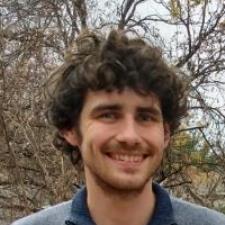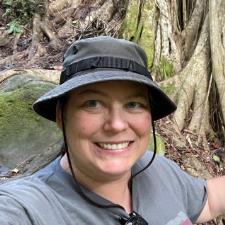
Dylan V. answered • 05/18/20
GIS Graduate Turned GIS Professional
This is a very good skill to master fairly easily using GIS software. My answers will apply to most GIS software, although the specific vernacular I will use is specific to ESRI ArcGIS.
The first step to your problem seems like it's already done, which is to identify the source point for the project. Your "some point" is the initial point we will use to continue working. Next you will perform a buffer of the point, which is a polygon surrounding the point with a radius of your search bounds.
Using the buffer tool of your GIS software, set a buffer distance of 500km and run the tool. This will output a new layer, which you have the option to name. You can name it anything, but to keep it simple you can always just call it "500km_buffer". Be sure not to include spaces or periods in your titles, these may cause errors.
Now we'll move on to identify the population locations. Open the attribute table of the population data layer you are working with. Using the select by attribute tool, select the features that have a population over 4,000. This should be an expression resembling a few key pieces. It should start with select from or something similar, then your population location data name. You'll select the population attribute of the data, then add ">4,000" to it. This will select the data within that feature that you are interested in.
In your table of contents, right-click the layer and select "create layer from selected features." This will output a new layer in your table of contents containing only population locations with populations greater than 4,000.
The last step is to clip this new layer to the buffer from earlier. Open the clip tool, and select the buffer as the clip data and the newly-created selection of population data as the source data. Run the tool and it will output a final layer that should include only the population locations greater than 4,000 within 500km of your initial point.
Thanks so much for your question, please contact me with any future GIS-related work. Good luck!




